How to use a pizza oven in winter – pros reveal 5 tips for cooking pizzas in the cold
Pizza ovens can only be used outside, so here's how to make cold cooking a little easier
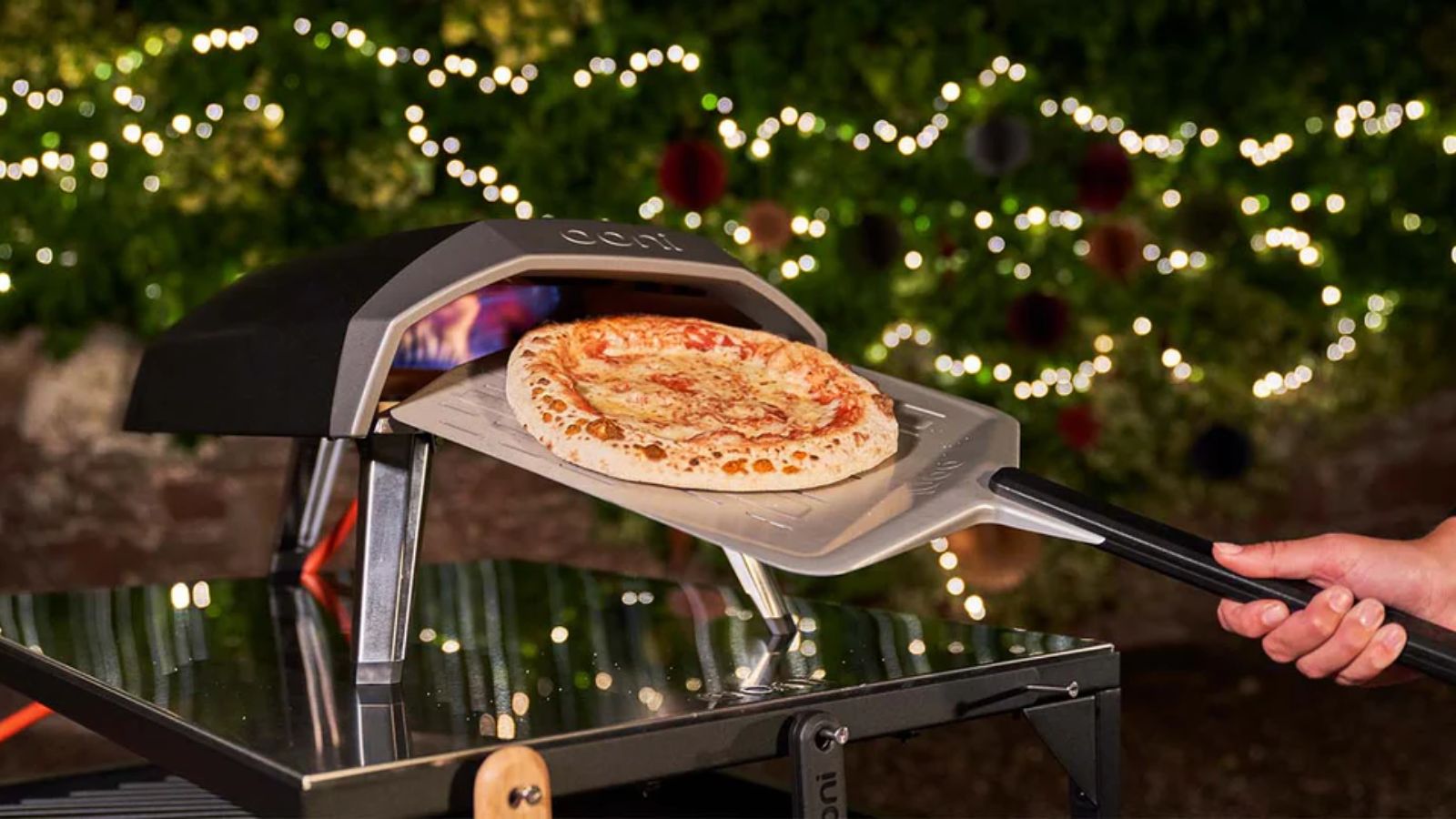

Pizza ovens are among my favorite appliances. I was skeptical when they first came on the scene, but they make restaurant-quality pizza at home.
Yet one of the biggest drawbacks of most pizza ovens is that they can only be used outdoors. If you live somewhere cold, that puts your pizza oven out of action for several months of the year.
However, there are a few ways to make it easier to use a pizza oven in winter. I've tested a lot of the best pizza ovens during cold winter months, so I know all the tricks to make it a little easier.
1. Keep the propane and stone in the warm
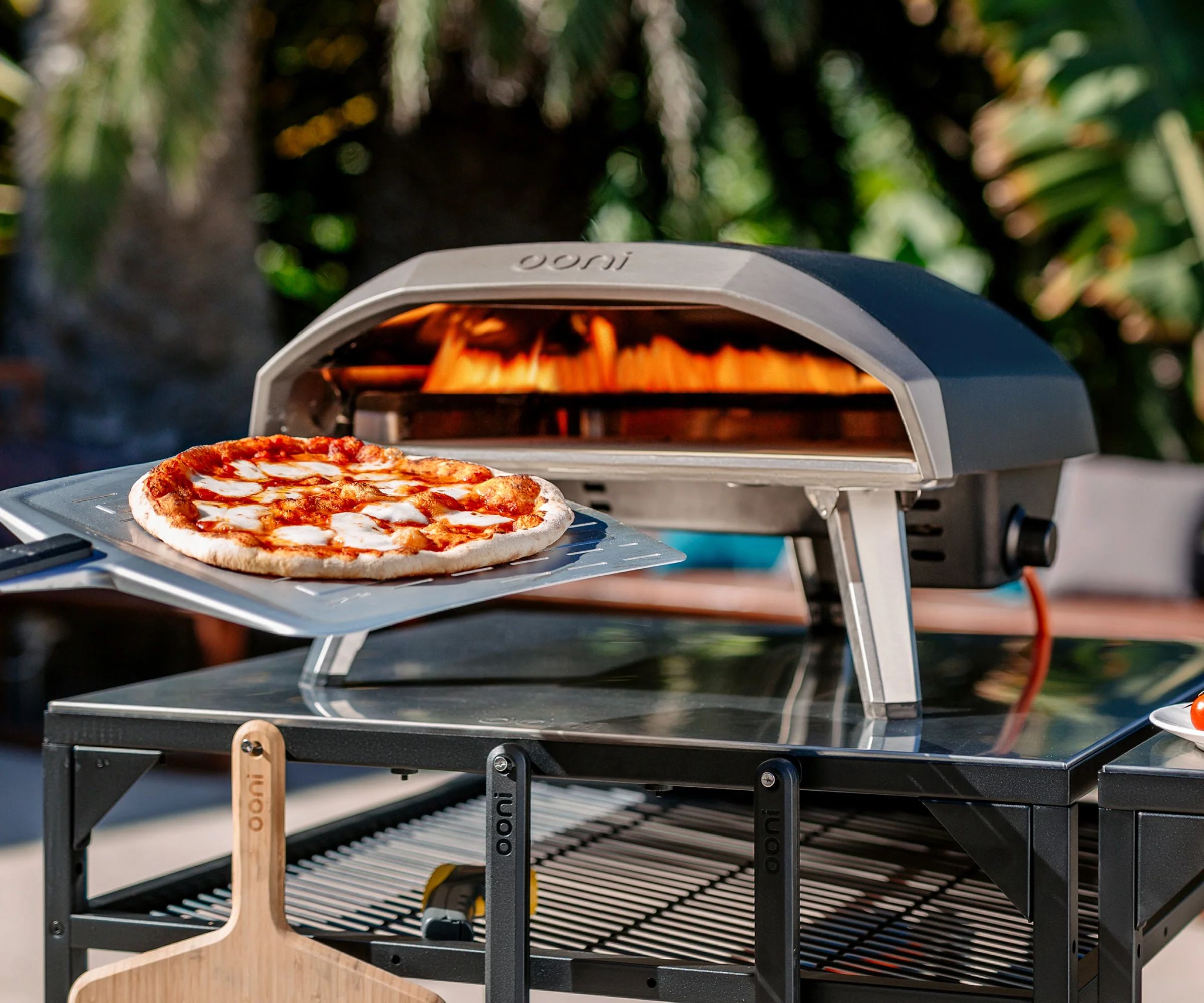
It's well known that propane is less efficient at lower temperatures. The colder the air, the more propane you need to cook, costing you money. A smart method of saving money is to store your propane somewhere warm before you use it, as this will make your fuel source more efficient and therefore heat up your oven more quickly.
However, this hack is also true of pizza stones. Pizza stones are excellent conductors, which is why they're in the oven in the first place. However, if you keep your oven in a garage, greenhouse, shed, or out in the garden, the stone will be just as cold as the air.
An easy way to give yourself a head start is to keep the stone in the house the day before you bake a pizza. The stone will be at the ambient temperature of your home, giving you a head start for cooking. Chef Sean Martin says 'Keep your pizza stone in your house when it's not in use, that way you don't have to warm up a freezing stone and you prevent it from getting wet. Be sure you place the stone in your grill before it fully warms up to avoid thermal shock and cracking your stone.'

Sean Martin is a co-founder of Vindulge, a website dedicated to the art of barbecue and creating delicious backyard cooking experiences, and co-author of the cookbook Fire + Wine.
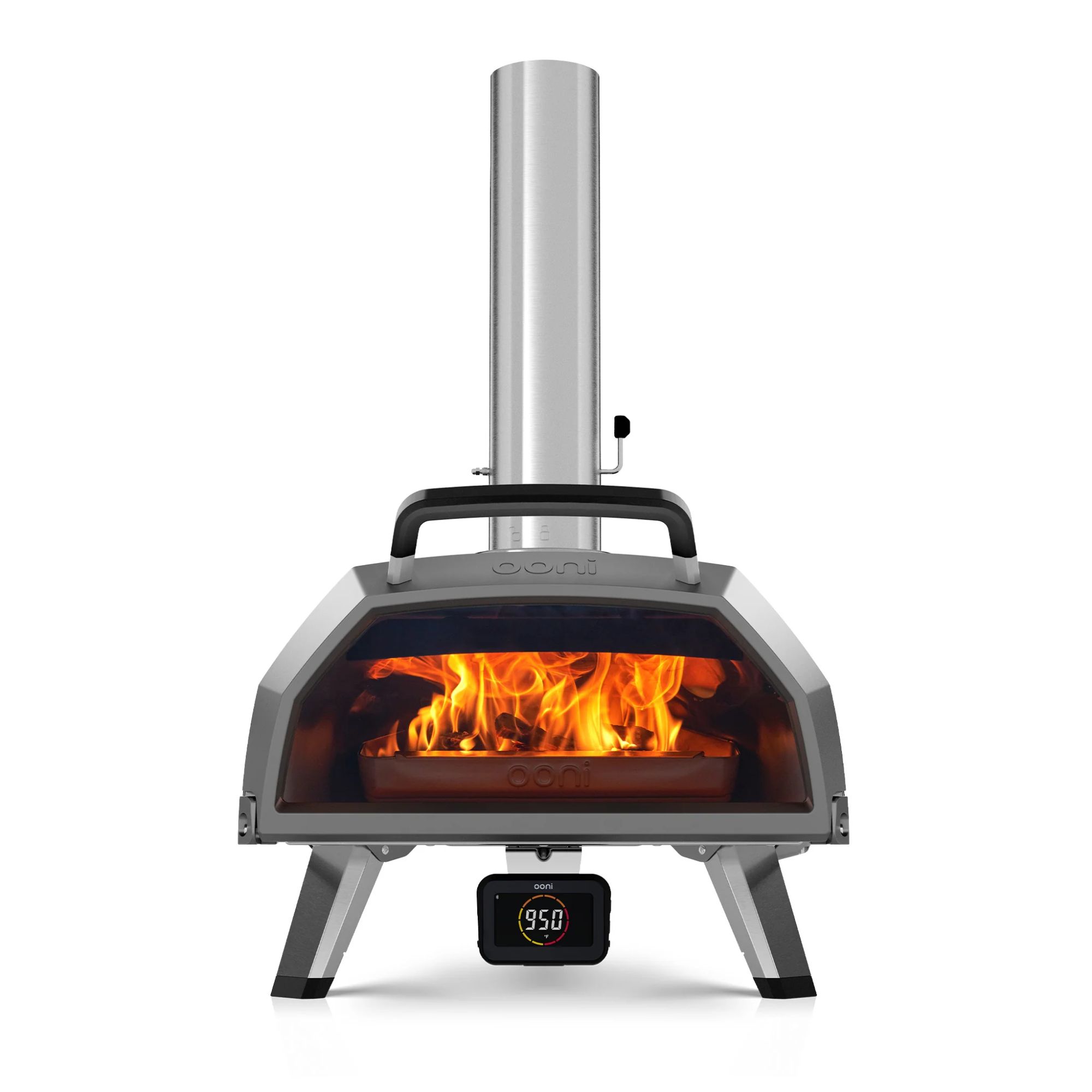
I tested this pizza oven a couple of weeks ago and it went straight in at #1 in my guide to the best pizza ovens. It's fast, packed with bonus features, and makes great pizza.

This simple gas pizza oven will work for most homes. It's quick and makes delicious pizza, but lacks some of the bells and whistles of other appliances.
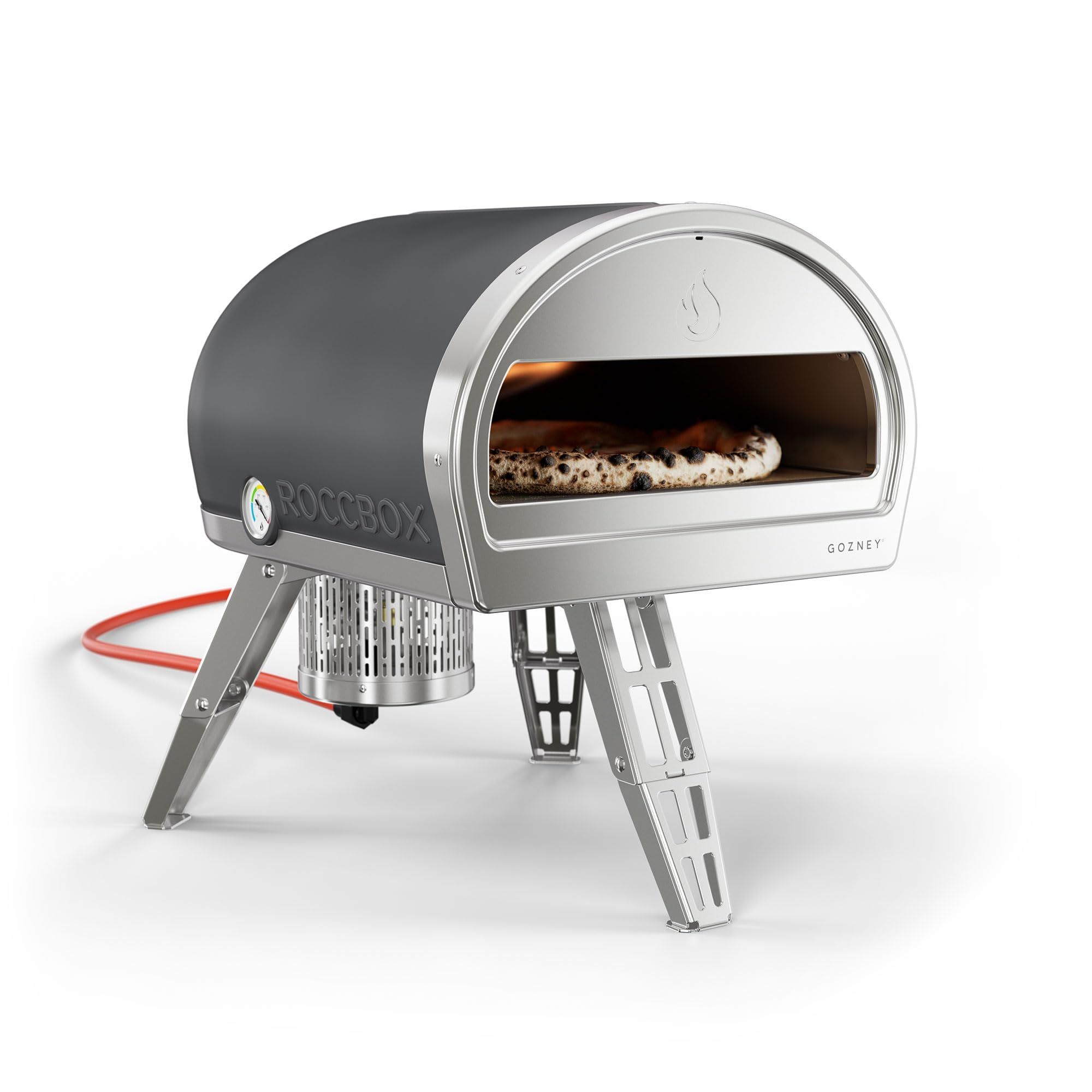
The Roocboox can run on both gas and wood fuel, and it's also one of the fastest pizza ovens we've ever tested. Just don't believe the marketing - it's not that fast.
2. Stick to drier ingredients
Because it's harder to keep a pizza oven at temperature during the winter, and the average temperature of the oven will be lower, the oven will do a worse job of cooking wetter ingredients. This means that the oven will struggle with ingredients like fresh peppers, onions, or chillies. It will also struggle with pickled olives. The pizza will taste great, but it might be a little soggy.
Design expertise in your inbox – from inspiring decorating ideas and beautiful celebrity homes to practical gardening advice and shopping round-ups.
One way to mitigate this is to slice the vegetables thin. You can - very carefully - use a mandolin to slide the vegetables so thinly that they're almost translucent. This reduces the moisture in every slice, making it more likely that the juices will evaporate and saving your pizza from turning damp
3. Close the door - or buy one to fit
Pizza ovens will drop temperature faster in the winter, so one of the most important things is to keep the door of the oven closed as often as you can. Unless you're baking a pizza, the door should be should to retain as much ambient heat as possible.
However, lots of pizza ovens don't have doors. For example, even some of our favorite tested Ooni and Gozney ovens don't have doors. This is fine in the summer when the temperature inside the oven isn't fighting against below-freezing temperatures outside, but it can be an issue in the winter.
However, you can find (slightly bootleg) doors for these ovens on the internet, like this door for a Gozney Dome pizza oven at Amazon. You need to make sure the door fits the oven, but it's a great way to improve fuel efficiency, saving you money in the long run and creating better pizza.
4. Make a prep station
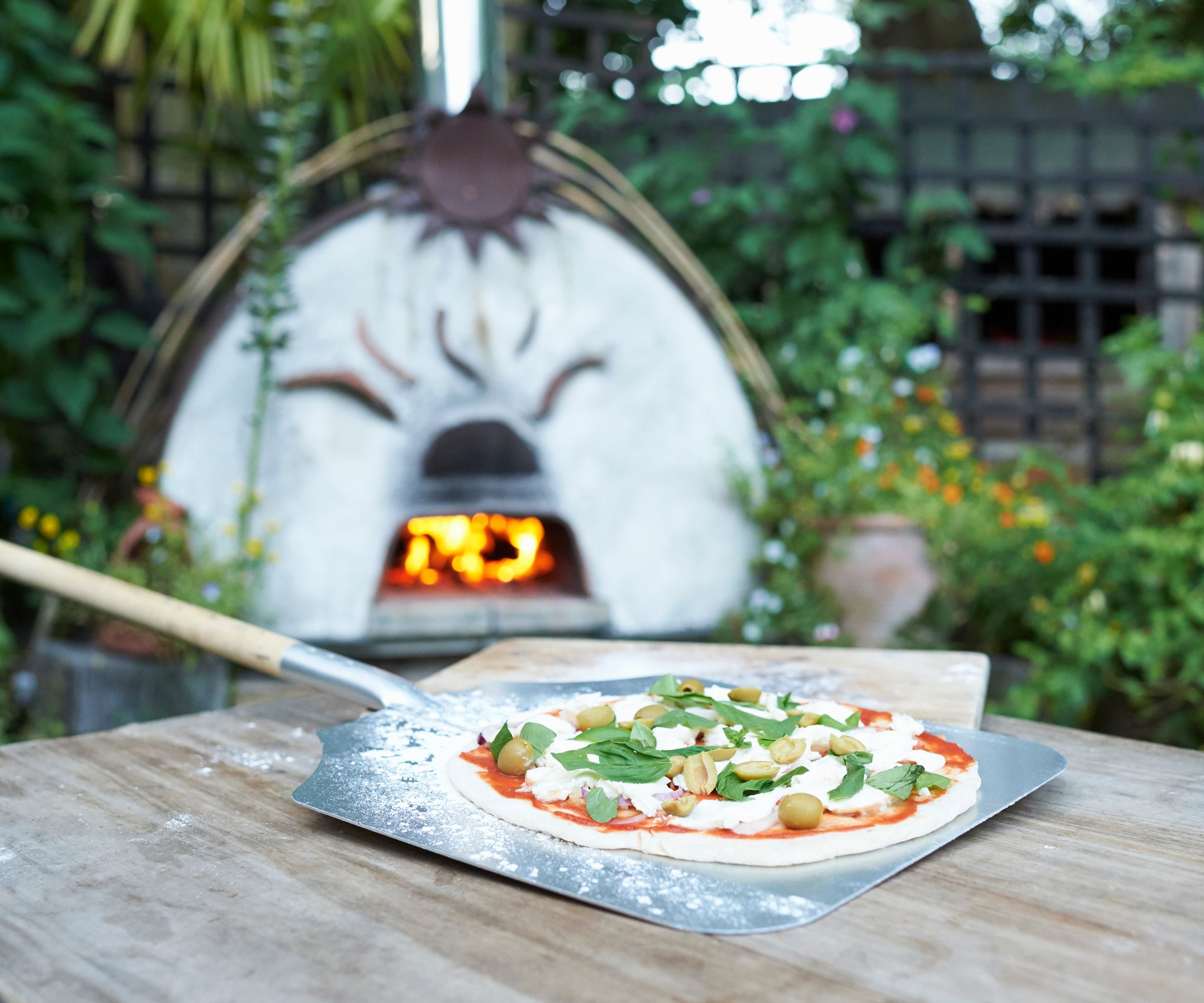
If you're making a lot of pizzas at once, by far the best thing you can do is create a prep station, and this is especially true when baking pies in freezing temperatures. Just like a pro pizzeria, the most efficient way to turn out a lot of pizza is to create a prep station. Ooni sells prep stations, but you can find prep stations for much cheaper on Amazon. You don't even need separate containers - you could make your prep station out of any bowls you have lying around.
However you set it up, the crucial thing is to have ingredients on hand so you can turn out the pizzas one after another. If you create a prep station with cheese, sauce, and topping at ready, it means that you can create one pizza while another pizza cooks. With a little practice, you can turn out plenty of pizza in under ten minutes, limiting the time you have to stand out in the cold.
Pizza expert Michael McCoy told me that 'having a prep station close to your oven is great because the second you put a pizza on a peel, time is not your friend. The less time from table to peel to oven, the better.'

Micahel is Co-Founder of Prepa Pizza, a company that helps people make restaurant-quality pizza dough at home.
5. Use an indoor oven
You cannot use most pizza ovens indoors. Unless the oven is specifically rated for indoor use, you cannot use it in your home, as it presents a major fire and smoke risk.
However, if you don't already have a pizza oven, it might be smart to invest in an indoor pizza oven. It's the same concept but works indoors.
Full disclosure: I've enjoyed testing several of the best indoor pizza ovens over the years but they don't taste as good as an outdoor pizza oven. They cook pizza under an electric filament rather than a flame. It's like an overpowered easy-bake oven; indoor pizza ovens are closer to air fryers or broilers than ovens. This means that the pizza doesn't taste as good as in true gas or wood pizza ovens. It's always tasted more like frozen pizza, even when you make it fresh.
However, if you live somewhere with freezing temperatures you might find that these ovens are a good compromise. They let you cook fresh pizza fast at home without having to stand out in the yard and freeze.
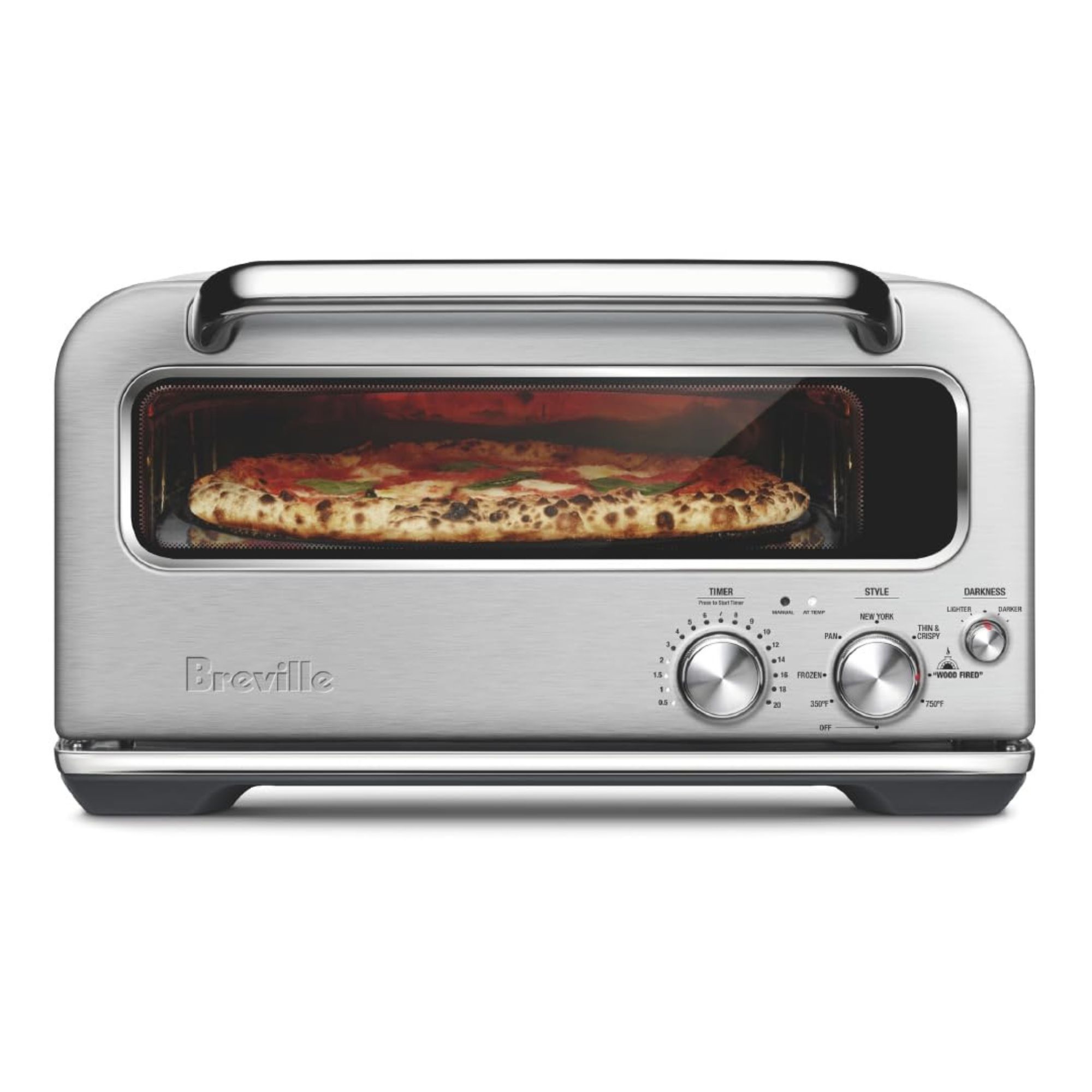
This is the best indoor oven you can buy. It has dedicated settings for making a huge range of pizzas, but it's still not quite as good as an outdoor oven.
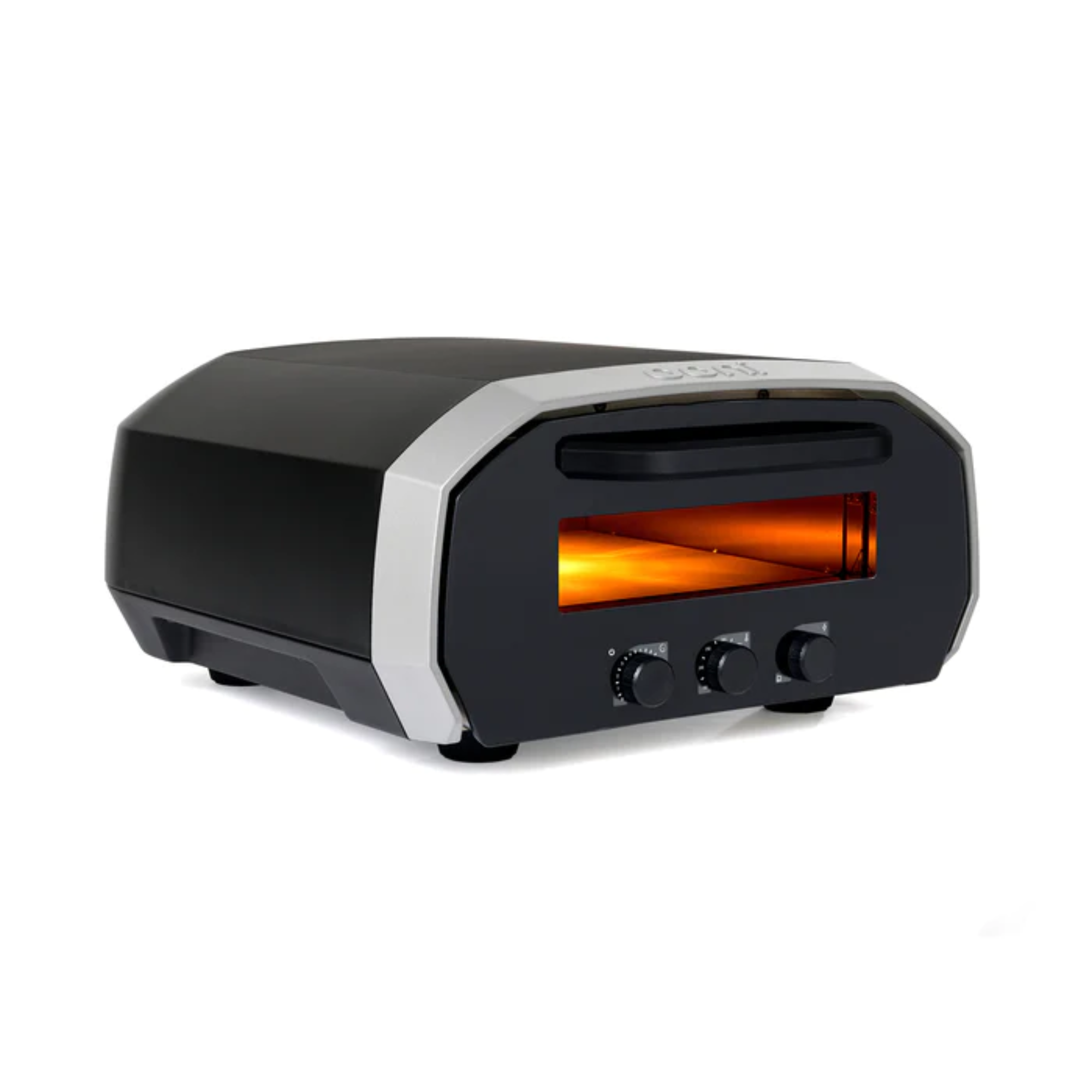
This oven is the only one in the world you can use both indoors and outdoors, so it's perfect for colder climates. You can cook outside in the summer and take it indoors when the temperature drops.
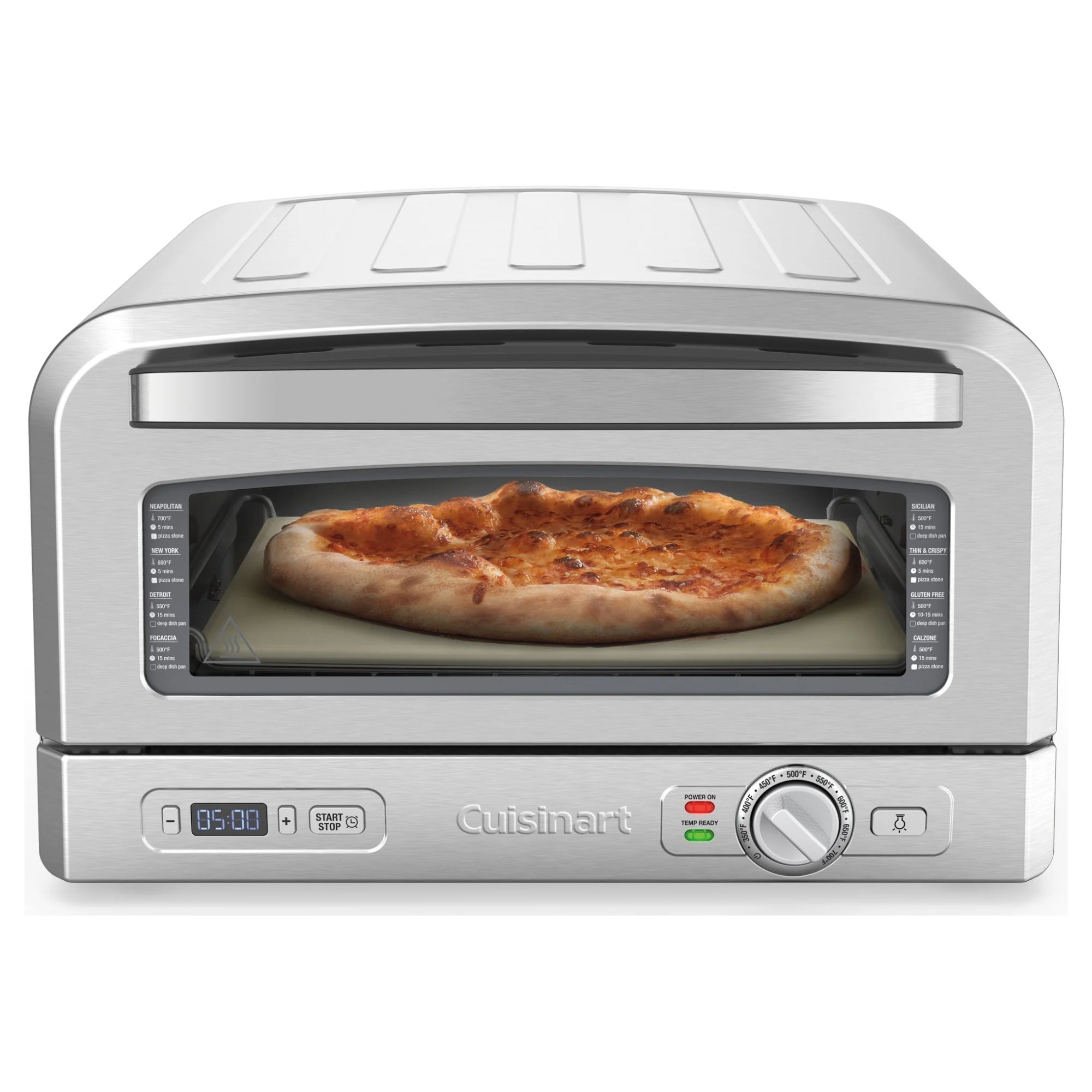
The Cuisinart Indoor Pizza Oven is a good option for a budget indoor pizza oven, but it has some quirks, and it's a little slow.
There's a lot to consider when cooking pizza outdoors. Even the type of fuel you use can have a huge effect on your pizza. Gas is more reliable than wood, but wood burns hotter, so it can be more efficient in winter. Which of these you prefer is up to you, but it's worth considering the benefits of wood vs gas pizza ovens before you buy one.

As a gardens and lifestyle contributor, Alex makes sure readers find the right information to help them make the best purchase. Alex got his start in reviewing at the iconic Good Housekeeping Institute, testing a wide range of household products and appliances. He then moved to BBC Gardeners’ World Magazine, assessing gardening tools, machinery, and wildlife products.